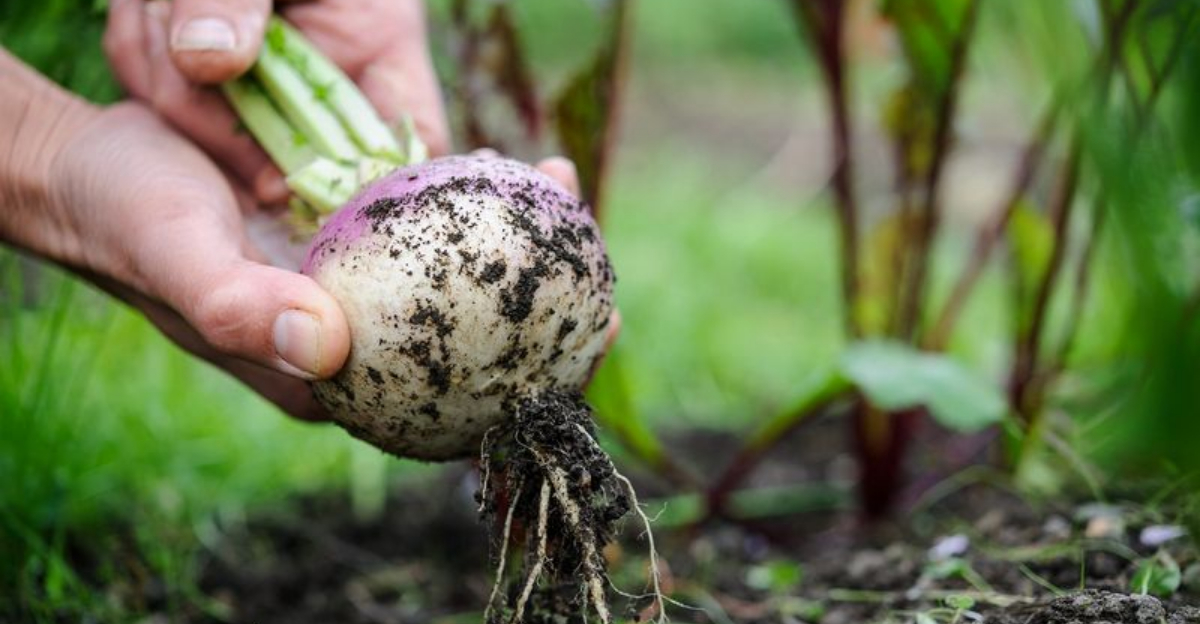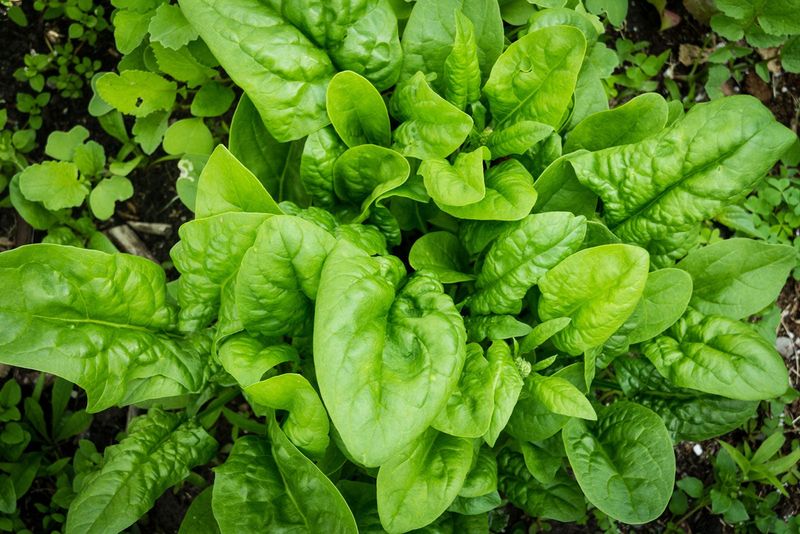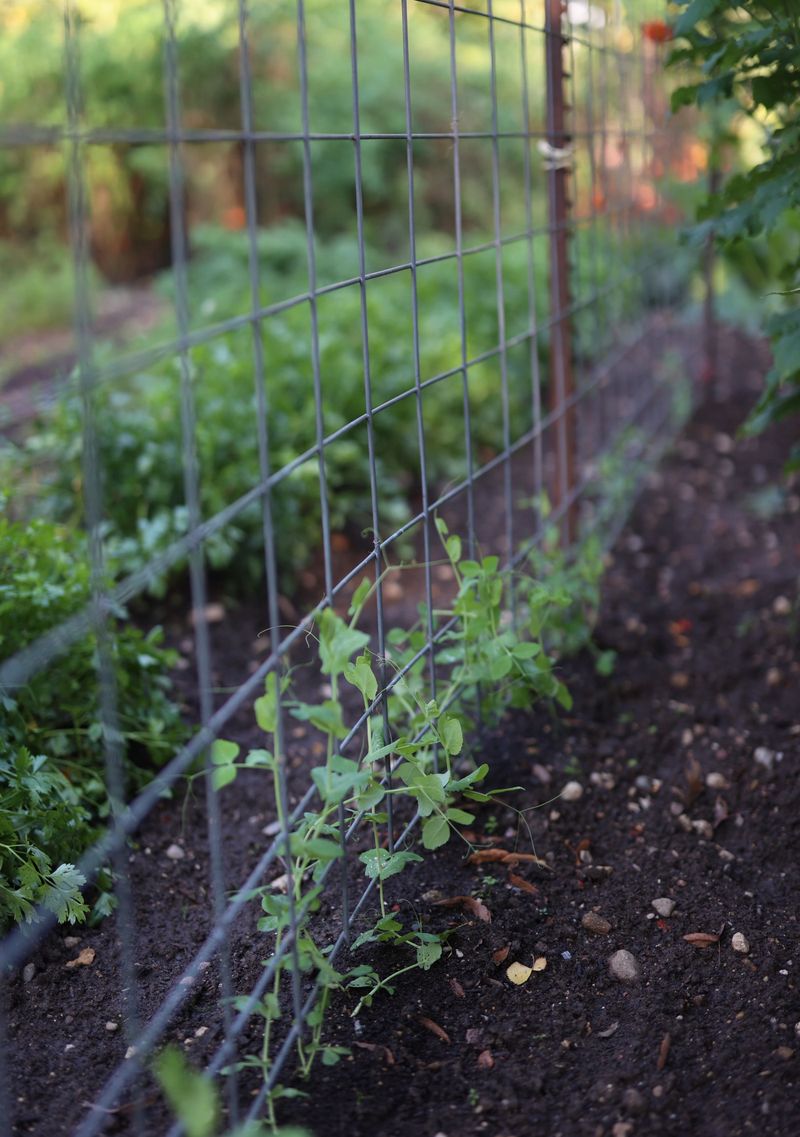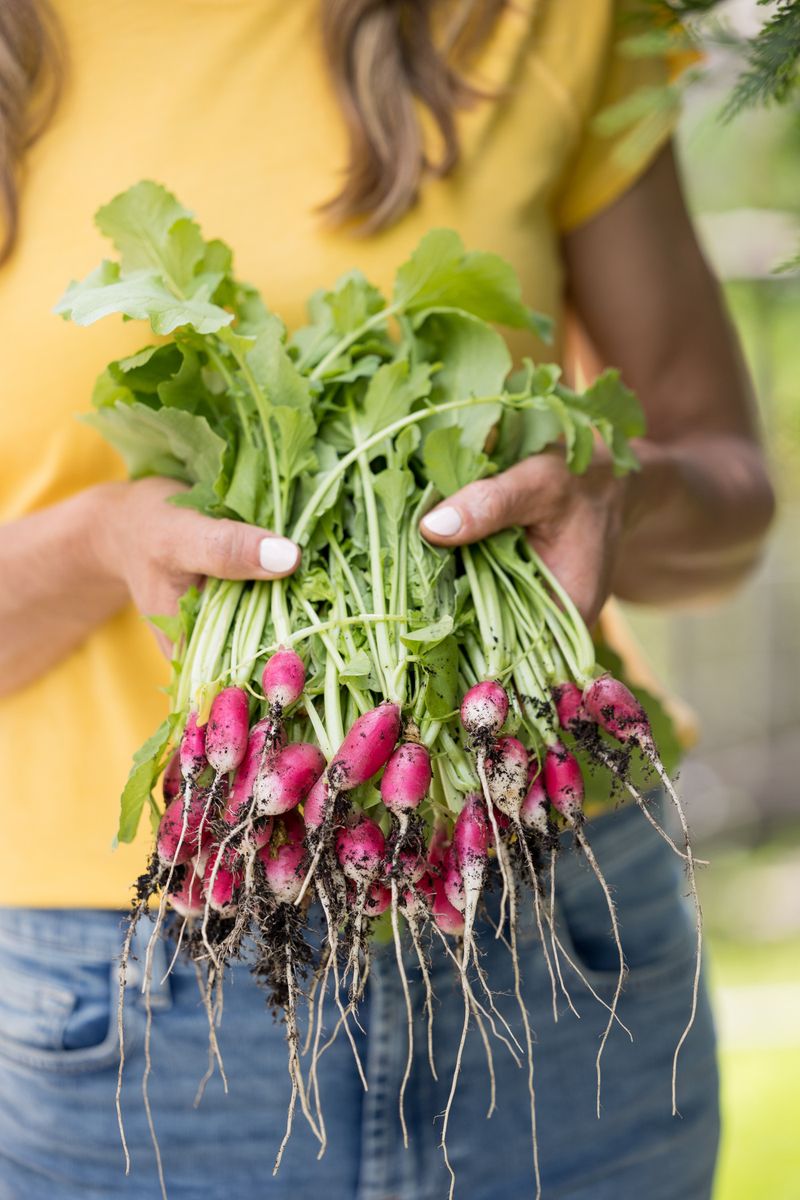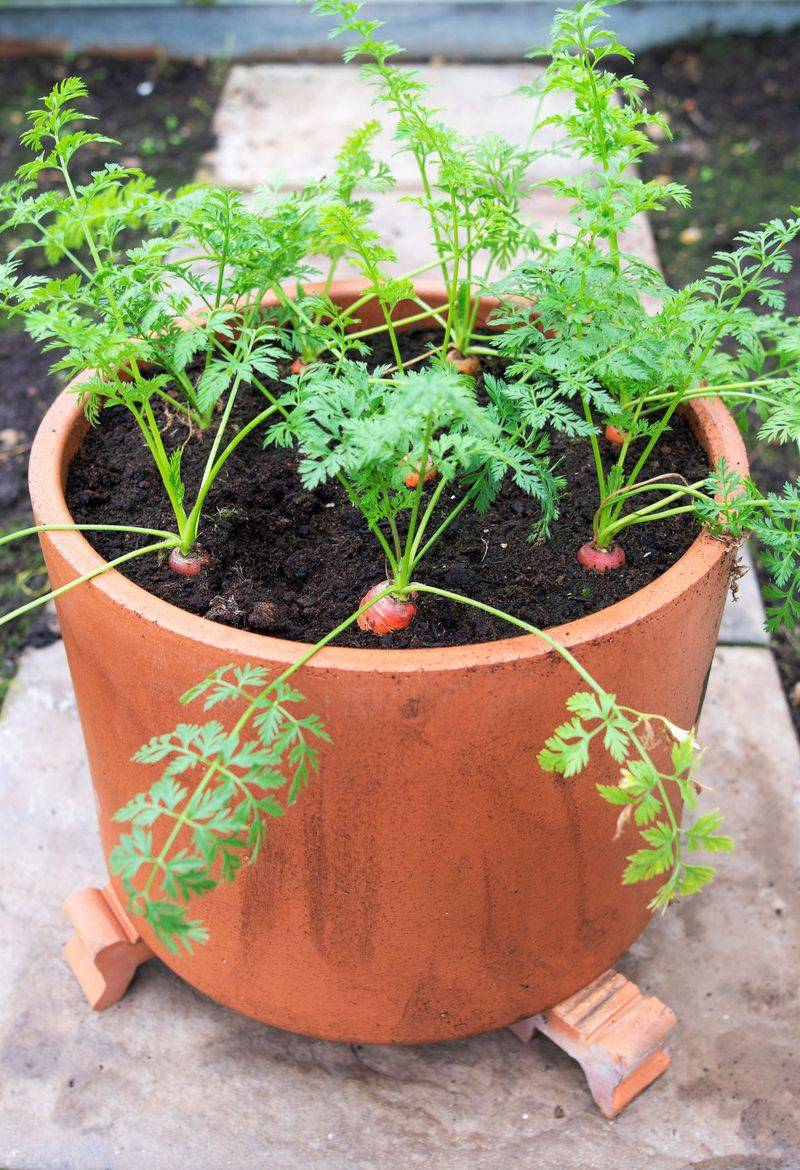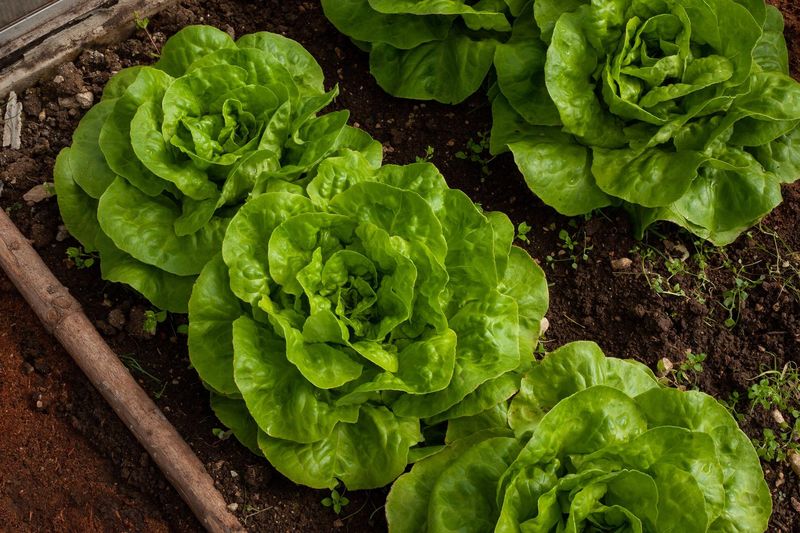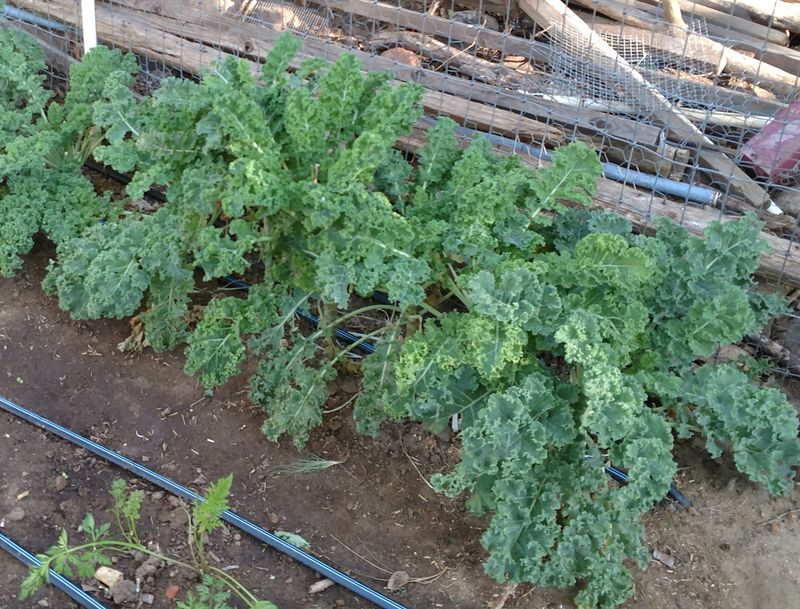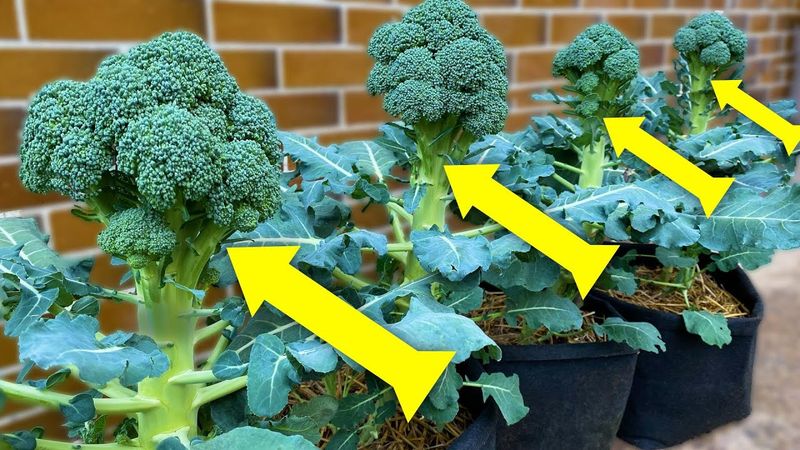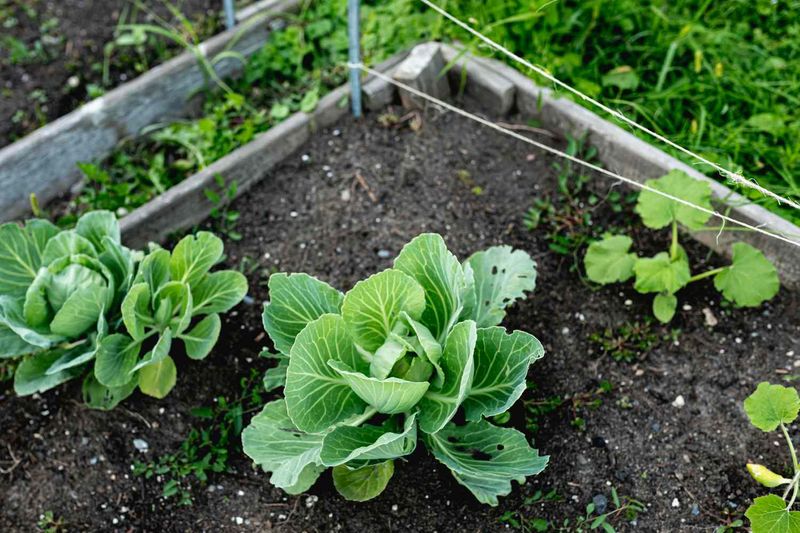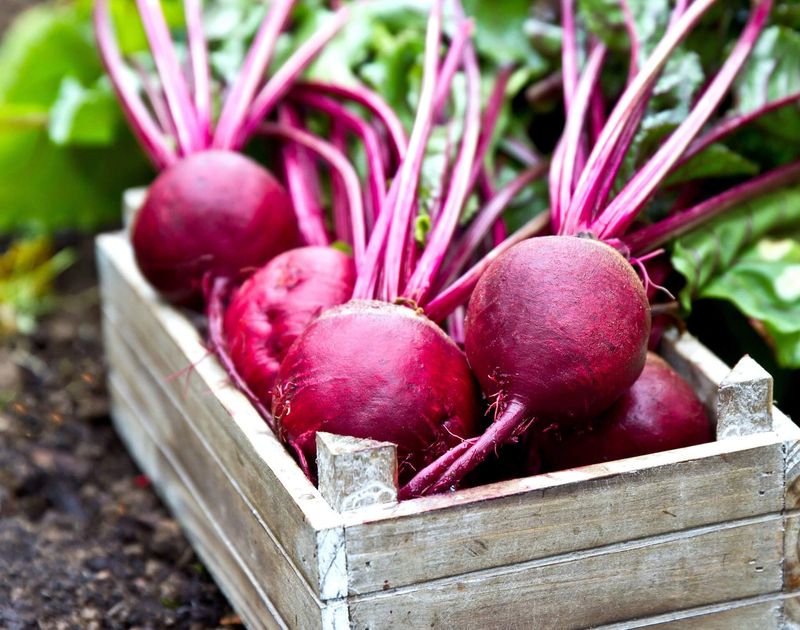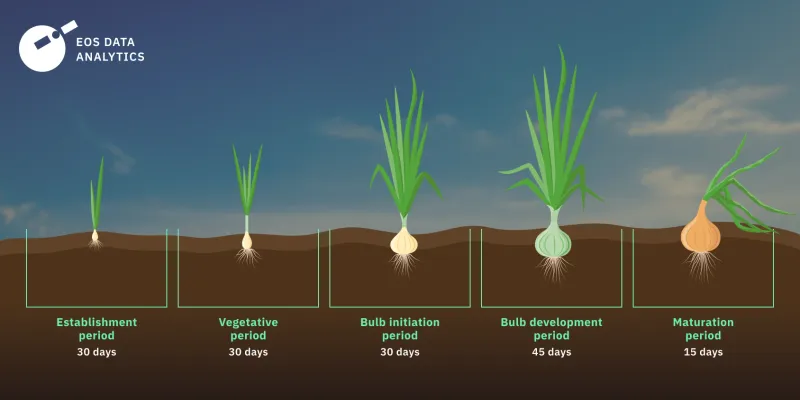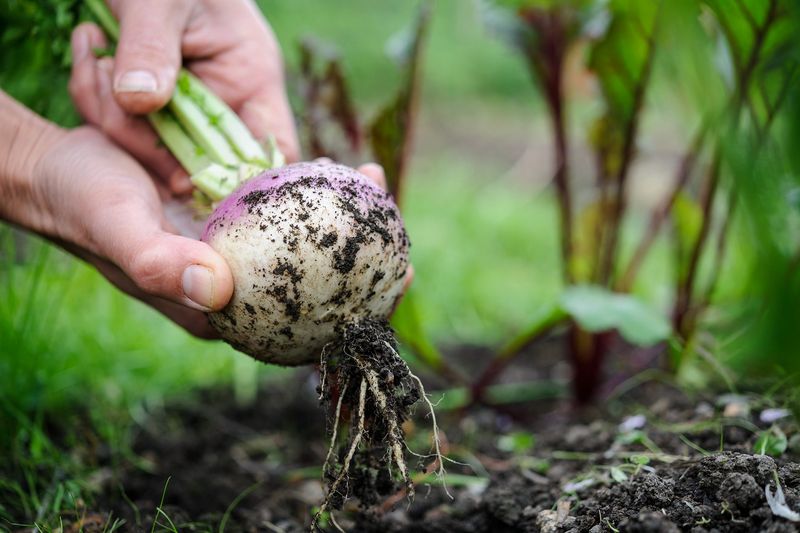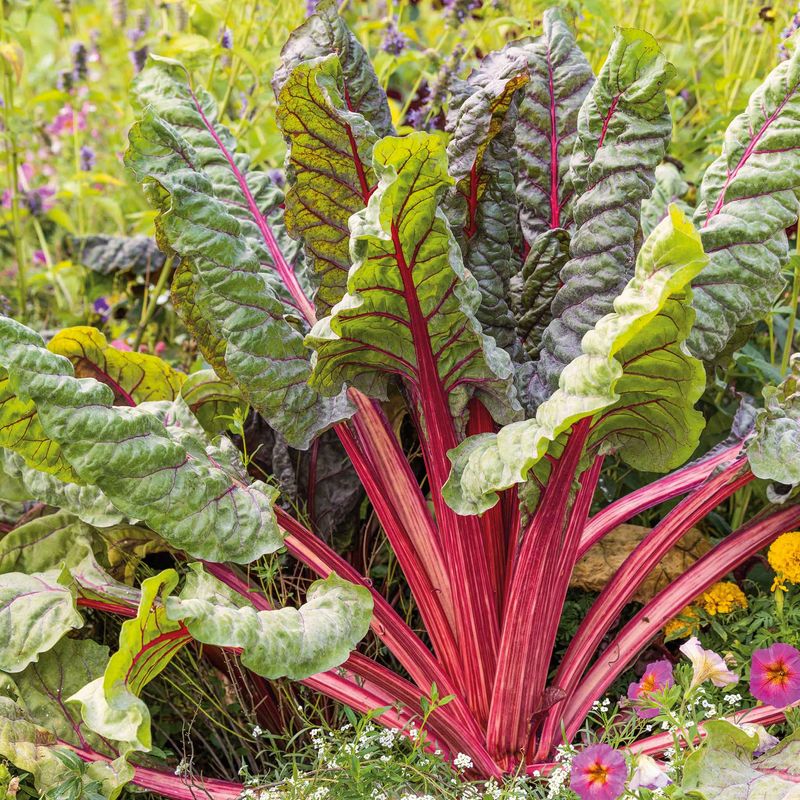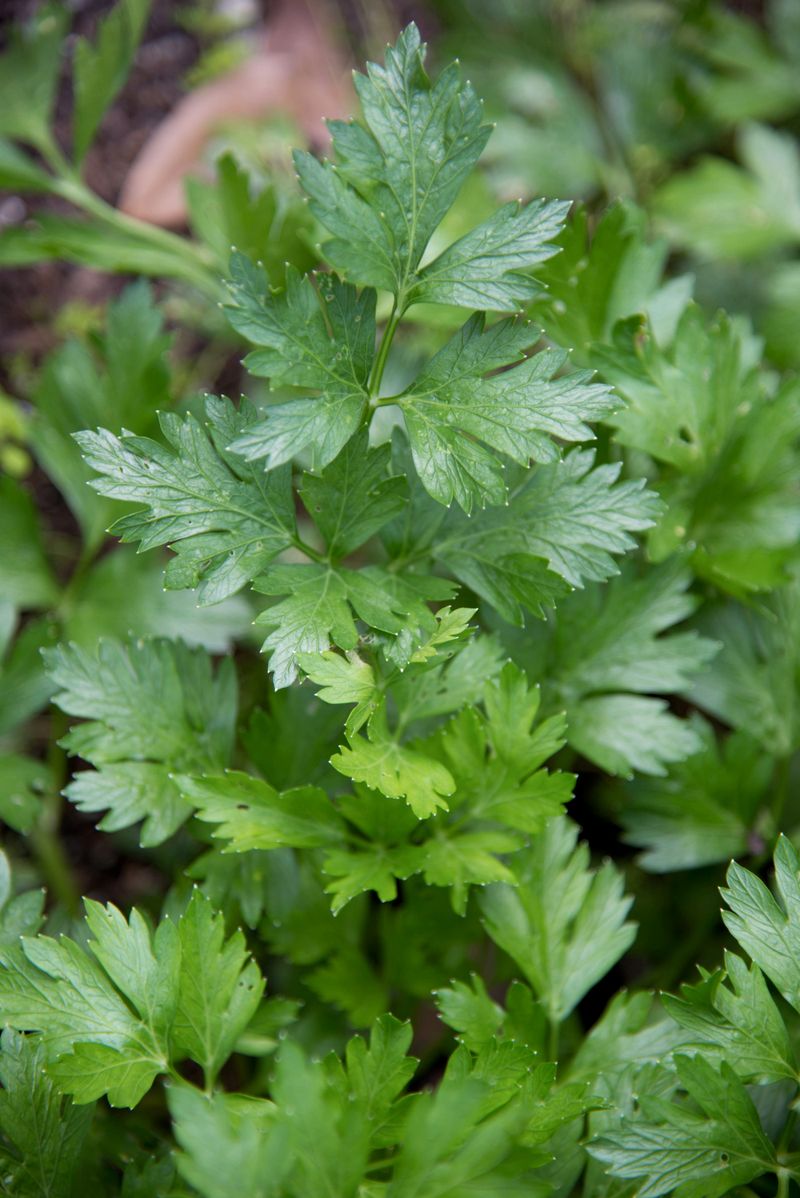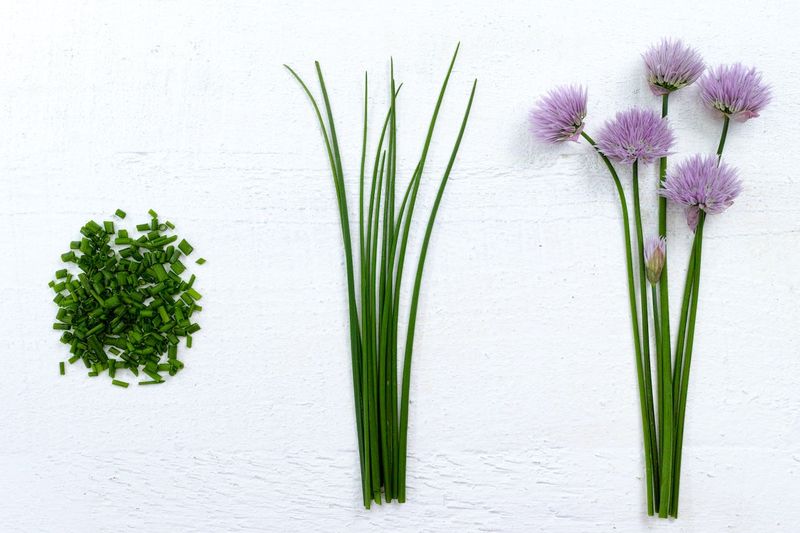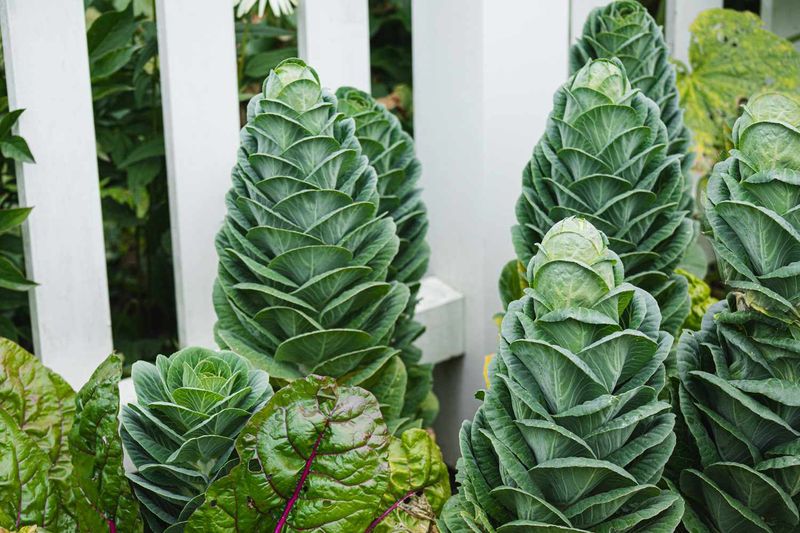February might seem early for gardening, but it’s the perfect time to get a head start on your spring harvest. By selecting the right crops, you can enjoy a bountiful garden as the weather warms.
Below, we’ve detailed 15 of the best crops to plant in February. These selections will not only thrive in the early spring weather but also provide you with a rewarding and delicious harvest. Happy planting!
1. Spinach
Spinach thrives in the cooler temperatures of February, making it a perfect choice for early planting. This leafy green is not only nutritious but also versatile in the kitchen. Plant spinach seeds directly into the soil, ensuring they have adequate sunlight and moisture.
As the seedlings grow, thin them out to allow ample space for full development. Enjoy fresh spinach in salads, smoothies, or sautéed dishes. Harvest the outer leaves regularly, allowing the plant to continue producing. By starting early, you’ll enjoy a continuous supply throughout the spring.
2. Peas
Peas are a delightful addition to any garden, particularly when planted in February. Their sweet taste and crisp texture make them a favorite. Sow pea seeds in well-drained soil, and consider using a trellis to support their climbing nature.
Ensure they receive plenty of sunlight, as this encourages robust growth. Peas are ready for harvest when the pods are plump and green. Enjoy them raw, steamed, or in a stir-fry. Early planting allows peas to develop before the hotter months, ensuring a sweeter flavor and better yield.
3. Radishes
Radishes are one of the quickest crops to mature, making them ideal for February planting. These crunchy, peppery vegetables add a zing to salads and sandwiches. Sow radish seeds in loose soil, spacing them adequately.
Water consistently to encourage even growth. Within a few weeks, you’ll see the vibrant bulbs ready for harvest. Radishes thrive in cooler weather, so an early start ensures the best flavor. They also serve as a great companion plant, deterring pests with their distinct scent.
4. Carrots
Carrots, with their sweet and earthy flavor, are a staple for many gardeners. Plant carrot seeds in February for an early start. Choose a sunny spot with deep, loose soil to accommodate their long roots.
Ensure the seeds are evenly spaced to avoid overcrowding. Consistent watering helps carrots grow straight and healthy. Carrots are ready to harvest when they reach the desired size. Early planting means you’ll enjoy them before the summer heat sets in, enhancing their sweetness.
5. Lettuce
Lettuce is a versatile and easy-to-grow crop, perfect for February planting. This leafy vegetable comes in many varieties, offering diverse flavors and textures. Sow lettuce seeds in well-drained soil and provide consistent moisture.
As the plants develop, thin them out to ensure healthy growth. Lettuce prefers cooler weather, so planting early gives you a head start. Enjoy fresh leaves in salads and sandwiches. Regular harvesting of outer leaves promotes continuous production, keeping your garden abundant.
6. Kale
Kale’s hardy nature makes it an excellent choice for February planting. This nutrient-rich leafy green thrives in cooler temperatures. Sow seeds directly into the soil, providing ample sunlight and water.
As kale grows, the leaves become more flavorful. Regular harvesting encourages new growth, ensuring a steady supply. Whether used in salads, stews, or smoothies, kale is versatile and delicious. An early planting sets the stage for a prolonged harvest throughout the spring.
7. Broccoli
Broccoli, with its robust flavor and nutritional benefits, is ideal for early planting. Start broccoli seeds indoors in February, then transplant them outdoors once the weather permits.
Choose a sunny spot with fertile soil, and space the plants adequately. Consistent watering is key to developing firm heads. Harvest when the heads are fully formed but before the yellow flowers appear. Early planting allows you to enjoy broccoli before the heat of summer, preserving its tender texture.
8. Cabbage
Cabbage is a hardy vegetable that thrives when planted in February. With its firm leaves and mild flavor, it’s a versatile addition to any garden. Start seeds indoors, then transplant seedlings to a sunny location.
Provide consistent moisture and space them well to encourage healthy growth. Cabbage is ready for harvest when the heads are firm and tight. Early planting ensures a crisp texture and rich taste before the warmer months. Enjoy cabbage in salads, stews, or fermented as sauerkraut.
9. Beets
Beets are a resilient crop, perfect for February planting. Their sweet, earthy flavor and vibrant color make them a garden favorite. Sow beet seeds directly into loose soil, ensuring they have adequate space.
Regular watering encourages healthy root development. Beets are ready to harvest when they reach the desired size. Early planting allows them to mature before the heat sets in, enhancing their natural sweetness. Enjoy beets roasted, pickled, or raw in salads for a nutritious addition to meals.
10. Onions
Onions, with their pungent flavor and culinary versatility, are ideal for February planting. Start with sets or seeds in well-drained soil, ensuring they have plenty of sunlight.
Space them adequately to allow bulb formation. Consistent watering helps onions develop robustly. Harvest when the tops begin to yellow and fall over. Early planting ensures a summer harvest, providing fresh onions for various dishes. Store them in a cool, dry place to enjoy their flavor year-round.
11. Turnips
Turnips are a versatile crop, thriving when planted in February. With their peppery taste and nutritious greens, they are a valuable addition to any garden. Sow seeds directly into the ground, ensuring they have loose soil and adequate sunlight.
As they grow, thin them out to allow space for bulb development. Turnips are ready for harvest when they reach the desired size. Early planting ensures tender roots and flavorful greens, perfect for roasting or adding to soups and stews.
12. Swiss Chard
Swiss chard’s vibrant colors and nutritional benefits make it an attractive February planting choice. Sow seeds directly into the garden, providing full sun exposure and well-drained soil.
As the plants grow, thin them to allow space for healthy development. Swiss chard is versatile, used in salads, sautés, and soups. Regular harvesting of outer leaves promotes continuous production. Early planting ensures a steady supply of fresh chard throughout the spring.
13. Parsley
Parsley, with its fresh flavor and decorative appeal, is perfect for February planting. Start seeds indoors, then transplant seedlings to a sunny spot with well-drained soil.
Consistent watering encourages lush growth. Use parsley fresh in culinary dishes or as a garnish. Early planting ensures a continuous harvest throughout spring. With its resilience and ease of growth, parsley is a valuable addition to any garden.
14. Chives
Chives are a hardy herb, thriving in February’s cool weather. Their mild onion flavor is a delightful addition to many dishes. Plant chive seeds or transplants in a sunny location with well-drained soil.
Regular watering promotes lush growth. Chives are ready for harvest when they reach a suitable height. Use them fresh in salads, soups, or as a garnish. Early planting ensures a prolonged harvest, providing fresh flavors for your culinary creations.
15. Collard Greens
Collard greens are a robust crop, well-suited for February planting. Their rich, earthy flavor complements many dishes. Sow seeds directly in the ground, ensuring a sunny location.
As they grow, provide consistent moisture and space them adequately. Harvest the leaves as needed, allowing the plant to continue producing. Early planting ensures tender leaves throughout the spring. Enjoy collard greens in stews, sautés, or as a nutritious side dish.
